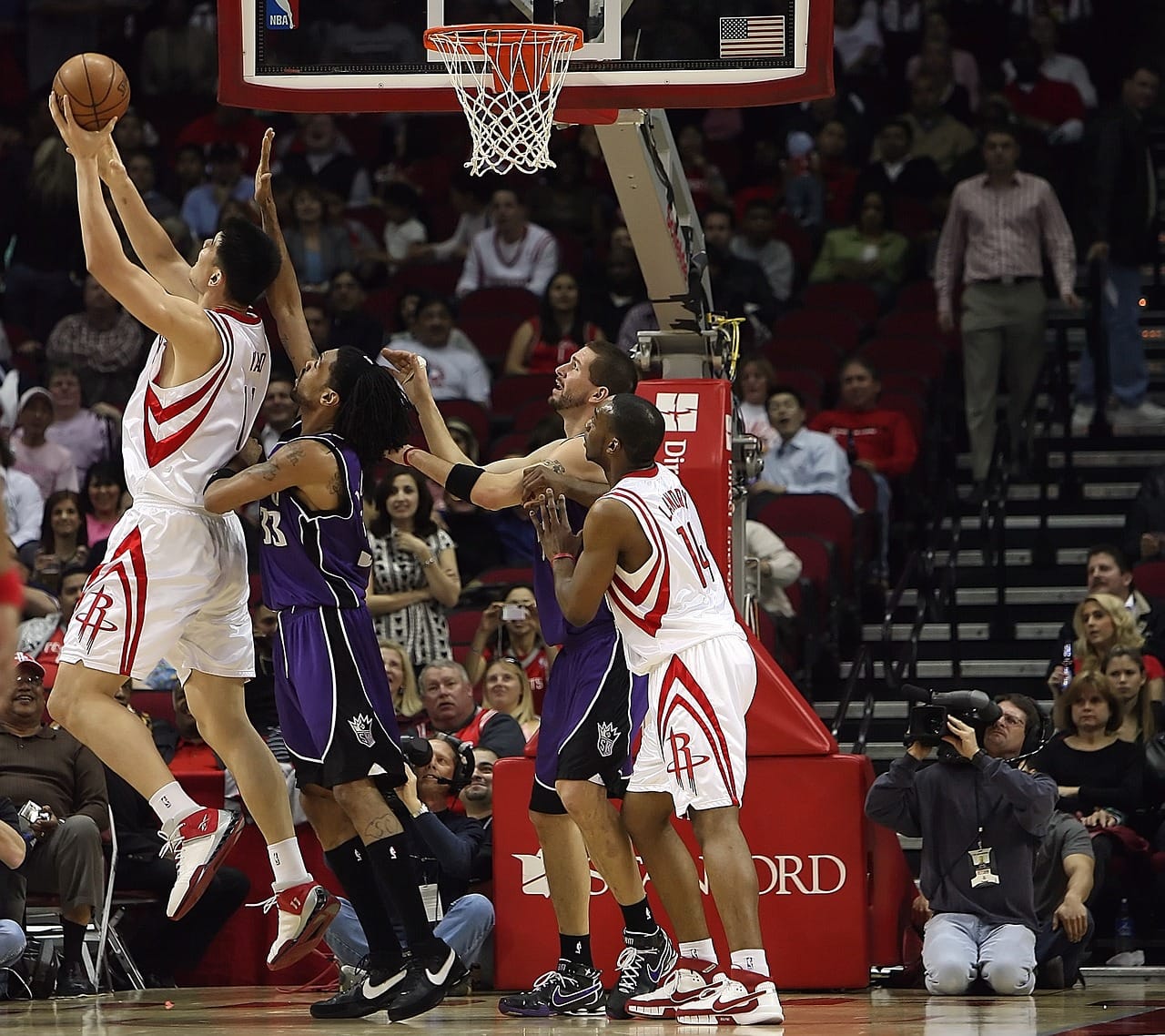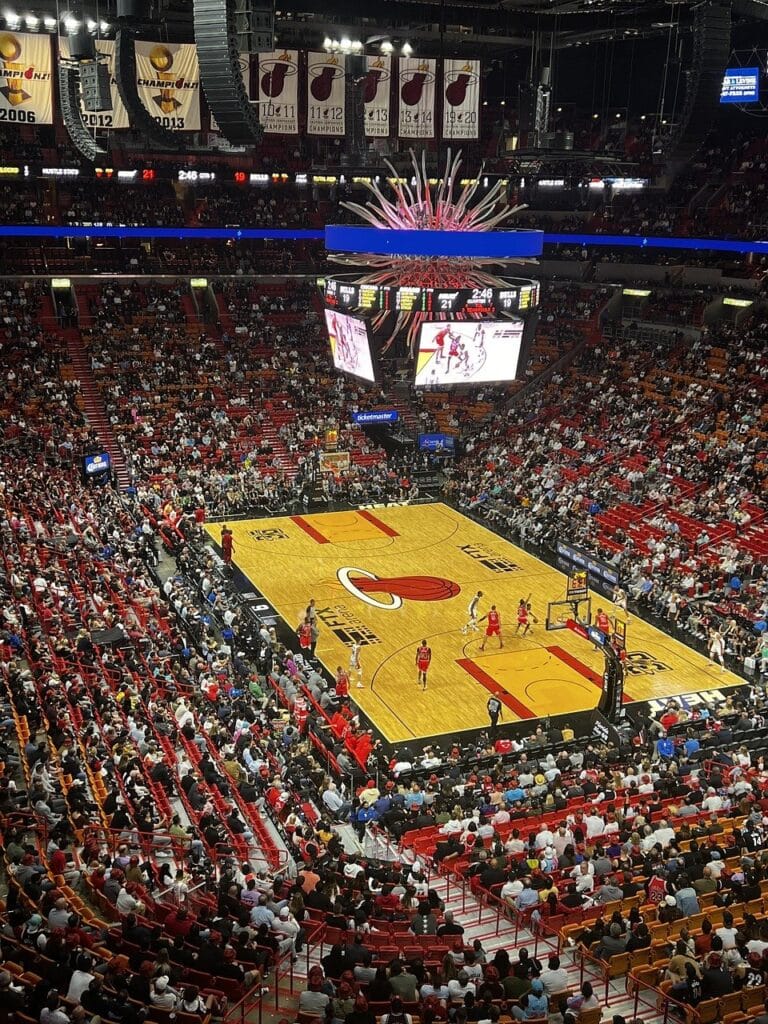The potential economic impact of the Supersonics Hornets relocation to Oklahoma City has sparked a fascinating discussion about job creation, attendance trends, and the broader financial benefits of hosting an NBA team. According to Big League City, consultants forecasted considerable direct and indirect job creation for the Oklahoma City area. However, when examining the numbers more closely, there appear to be some discrepancies that warrant a deeper dive.
Job Creation: Inconsistent Figures?
A key point of interest is the comparison between the 2005-06 and 2006-07 seasons. In 2006-07, the report notes that 37 games led to the creation of 289 jobs, while in the previous year, 38 games created 229 jobs. This means that playing one fewer game resulted in 60 more jobs, raising questions about the correlation between game numbers and employment opportunities.
There could be several factors influencing these job creation figures. For example, growth in Oklahoma City’s broader economy may have contributed to increased spending, leading to more jobs even with fewer games. Alternatively, the city might have invested more in game-day operations or developed more robust business activities around the stadium in 2006-07.
The Impact of Attendance Declines
Another striking element is the decline in per-game attendance, which dropped by 3,650 attendees from the 2005-06 to the 2006-07 season. This sharp decline in attendance is telling—it suggests that the novelty of having a professional basketball team in town wore off relatively quickly. The excitement that might have surrounded the team’s initial move may not have sustained fan interest as the seasons progressed.
This drop in attendance has broader economic implications. Fewer fans mean less spending on tickets, concessions, parking, and local businesses that benefit from game-day traffic. This could dampen the overall economic impact, as fewer attendees result in reduced consumer spending in the surrounding area. For more on how local economies are influenced by sports teams, check out this analysis of the NHL’s impact.
Economic Implications of Hosting an NBA Team
While attendance numbers are crucial, the broader economic implications of hosting an NBA team cannot be overlooked. According to studies, sports teams can contribute to economic growth through indirect channels like tourism, increased visibility, and infrastructure development. For instance, the Supersonics’ presence could have sparked investment in new hotels, restaurants, and entertainment venues near the arena, benefiting the city’s economy even beyond game days.
However, declining attendance is a red flag. A sustained drop in fan interest could impact long-term benefits, such as attracting corporate sponsorships or luring high-profile events to Oklahoma City. The question then becomes: Can Oklahoma City sustain an NBA team’s financial demands over the long term?
A Broader Look at Economic Benefits
When evaluating the move, it’s important to consider the potential for long-term benefits. Beyond game-day attendance and job creation, an NBA team can elevate a city’s national profile, attracting businesses and boosting tourism. Oklahoma City, as a smaller market, could also benefit from improved infrastructure around the stadium, which could draw more visitors for concerts, conventions, and other events.
An NBA team’s success can also have a multiplier effect on the local economy. This includes increasing merchandise sales, attracting media attention, and fostering a cultural identity that strengthens community ties. For example, the San Antonio Spurs have greatly contributed to San Antonio’s identity, helping the city maintain a reputation as a basketball hub that goes beyond sports.
What’s Next for Oklahoma City?
As Oklahoma City looks toward the future, sustaining economic momentum from the Supersonics’ move remains essential. While the team’s relocation presented significant short-term benefits, such as job creation and increased city visibility, the long-term economic success hinges on fan engagement, effective marketing, and building a must-attend game-day experience. Oklahoma City’s growth potential lies in transforming the Supersonics Hornets from a novelty to a permanent cultural fixture.
One of the key strategies for maintaining momentum will be fan engagement. Oklahoma City must invest in community outreach programs, youth sports initiatives, and fan experiences that encourage consistent attendance, especially as the novelty of having an NBA team begins to wear off. For example, teams like the Oklahoma City Thunder have set precedents by working closely with local schools, hosting fan appreciation events, and actively participating in community service. These activities foster a deeper connection between the team and its fanbase, which is crucial for building long-term loyalty.
Additionally, marketing the team effectively will play a pivotal role. Oklahoma City’s sports marketing strategy will need to extend beyond game day, promoting the team as an integral part of the city’s identity. This can involve collaborations with local businesses, partnerships with media outlets, and leveraging social media platforms to maintain constant visibility. In the digital age, maintaining a strong online presence is essential for keeping fans engaged year-round. For instance, the Golden State Warriors have excelled at using social media to drive fan interaction, even during the off-season, which can serve as a model for Oklahoma City.
From an economic standpoint, the impact of hosting the Supersonics could ripple beyond the arena. According to Forbes, the presence of a professional sports team can serve as a catalyst for urban development, encouraging investments in hotels, restaurants, and entertainment facilities near the venue. These developments not only generate jobs but also create a vibrant entertainment district that benefits the local economy long after the final whistle. Oklahoma City has already seen some growth around Paycom Center, where the Thunder plays, and further investment in the area could turn it into a thriving hub for both residents and tourists.
Moreover, as climate concerns and sustainability efforts become increasingly relevant, Oklahoma City has an opportunity to position itself as a forward-thinking, eco-friendly sports city. By investing in sustainable stadium practices—such as reducing energy consumption, promoting public transportation, and offering environmentally friendly game-day options—Oklahoma City can set itself apart from other mid-sized markets, attracting positive media attention and potentially increasing tourism. Teams like the Golden 1 Center in Sacramento, home of the Kings, have implemented eco-conscious practices that both appeal to fans and reduce operational costs.
Infrastructure improvements will also be a focal point. Continued development of the area surrounding the stadium is necessary for accommodating increased traffic, particularly during major events. Expanding public transportation, improving road access, and adding parking facilities can enhance the fan experience and make it easier for out-of-town visitors to attend games. Cities like Los Angeles and Chicago have benefited from such upgrades, turning their sports venues into year-round tourist destinations.
Looking ahead to 2024 and beyond, Oklahoma City must also consider new revenue streams to maximize the economic potential of the Supersonics. Beyond ticket sales, sponsorship deals, media rights, and merchandise sales are critical to a team’s financial success. For example, teams like the New York Knicks generate millions in sponsorship deals, and Oklahoma City has the opportunity to leverage its unique position as a growing sports hub to attract local, national, and even international sponsors. Media rights negotiations will also be important, as broadcasting deals have become a major source of revenue for professional sports teams. With the NBA’s international reach expanding, Oklahoma City could look to tap into global markets, particularly in regions with growing basketball fanbases like China and Europe.
Furthermore, collaborations with local educational institutions could provide mutual benefits. Oklahoma City University or the University of Oklahoma could work with the Supersonics to create internships, research partnerships, and promotional opportunities that engage students and faculty alike. These collaborations can help develop the next generation of sports industry professionals while also strengthening ties between the team and the academic community.
Lastly, it’s important to note that while professional sports teams can offer significant economic benefits, they must be tempered with realistic expectations. The construction of sports venues and the investment required to keep teams operational can be expensive, often leading to questions about public funding and its return on investment. Some economists argue that while the short-term benefits are clear, the long-term effects can vary depending on a variety of factors, including sustained attendance, team performance, and economic conditions. For more insight into how other cities have balanced these concerns, check out this analysis of public investment in sports venues.
Conclusion
The move of the Supersonics to Oklahoma City presents both significant opportunities and challenges. The initial economic gains, such as job creation and increased tourism, are promising, but the city’s long-term success will depend on its ability to maintain fan engagement, smartly market the team, and leverage additional revenue streams. By fostering deeper connections with the community, improving infrastructure, and positioning the team as a permanent cultural fixture, Oklahoma City has the potential to turn the Supersonics into a cornerstone of its economic and cultural landscape.
However, the journey to sustained success requires thoughtful planning, strategic investments, and a long-term vision. Oklahoma City must build on its current momentum, ensuring that the Supersonics’ presence continues to benefit the local economy for years to come.


